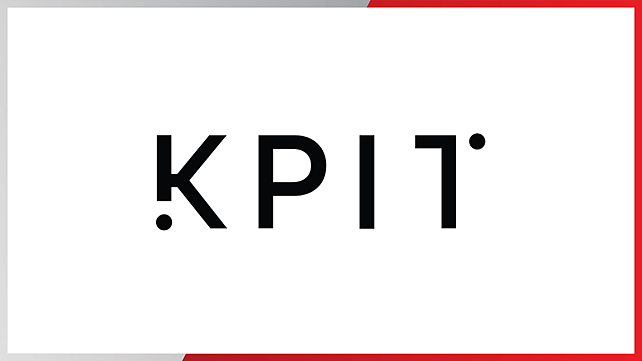
The Indian automotive software provider, KPIT has announced that it has joined SOAFEE (Scalable Open Architecture for Embedded Edge) SIG.
The aim of the SOAFEE project is to bring the benefits of a cloud-native development environment to address the specific challenges and constraints of the automotive domain such as functional safety, fast and precise real-time control, the company noted.
Continuing, its experience of working with leading OEMs on their vehicle’s OS programmes as a middleware development, virtual validation and integration partner will be valuable to SOAFEE SIG.
Through the association with the SOAFEE SIG initiatives, KPIT will be able to contribute and share its experiences with respect to automotive software and re-usable components, complex software integration, robust middleware platform, and cloud-based virtual test platform, a press release from the software company said.
The release further confirmed that it is working on multiple middleware programmes with leading OEMs to build the vehicle operating systems by providing combination of middleware development and integration services, architecture consulting services, software accelerators.
Additionally, it is also implementing a cloud-based Virtual Validation Platform with integrated CI/CT that enables faster-integrated testing across the V Cycle, improved time to market, efficiency, and software quality while focusing on standards-based end-to-end processes.
Anup Sable, Chief Technology Officer and Board Member, KPIT Technologies, said, 'We believe that with cooperation and working with the ecosystem, together we will be able to offer scalable platforms for developing software-defined vehicles.”
Through the SIG, the company aims to work on decoupling software from hardware helping move to cloud-native development without needing to fundamentally re-architect the underlying software, he added.